From Paraguay we received a nice shipment of mouthbrooding whiptail catfishes (Loricaria). Because of the known difficulties to identify species in Loricaria exactly, we first named them provisionally as L. simillima, the aquaristic best known species of the genus, which also occurs in Paraguay.
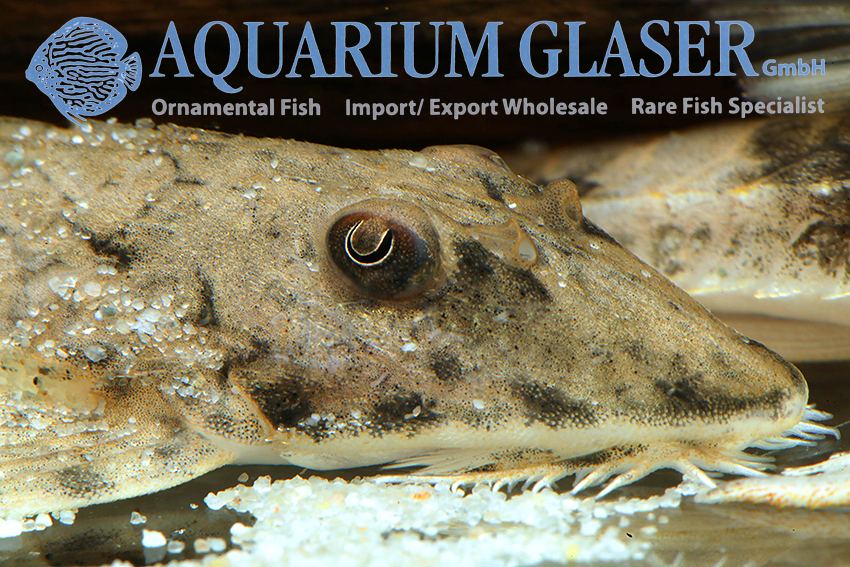
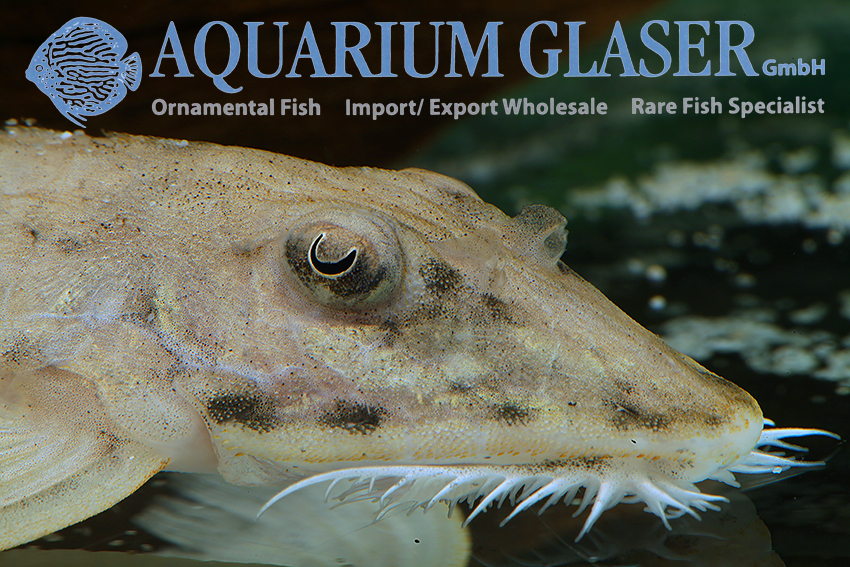
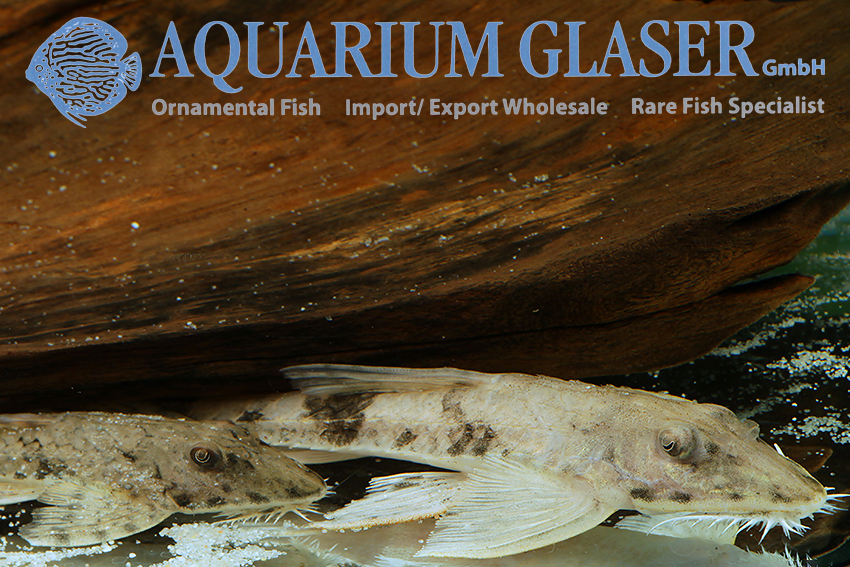
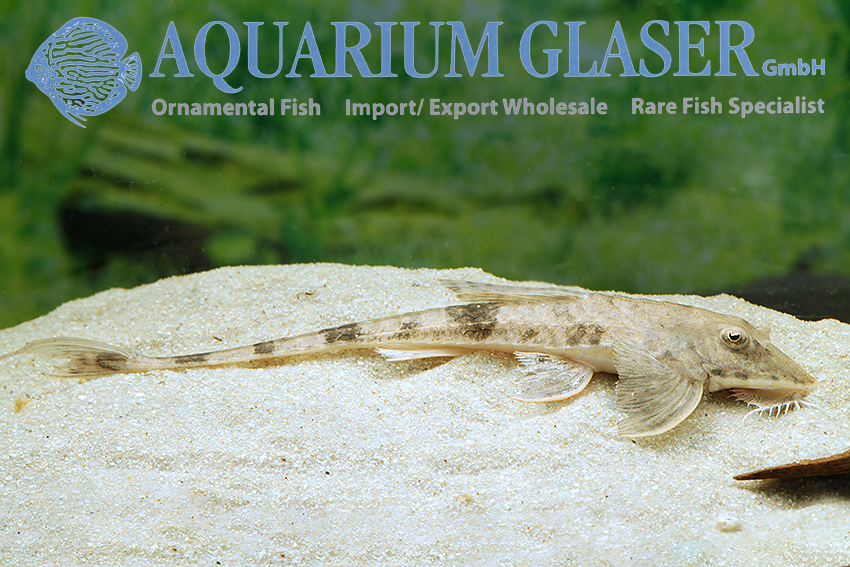
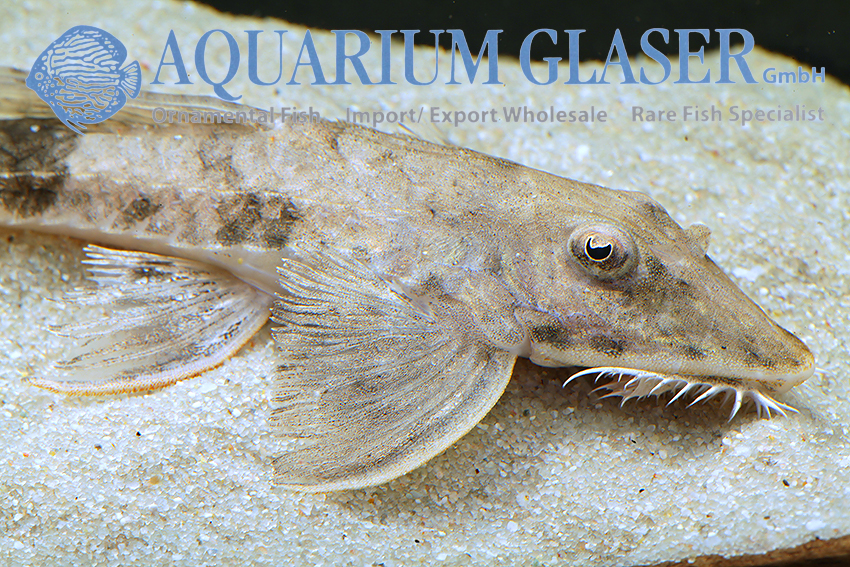
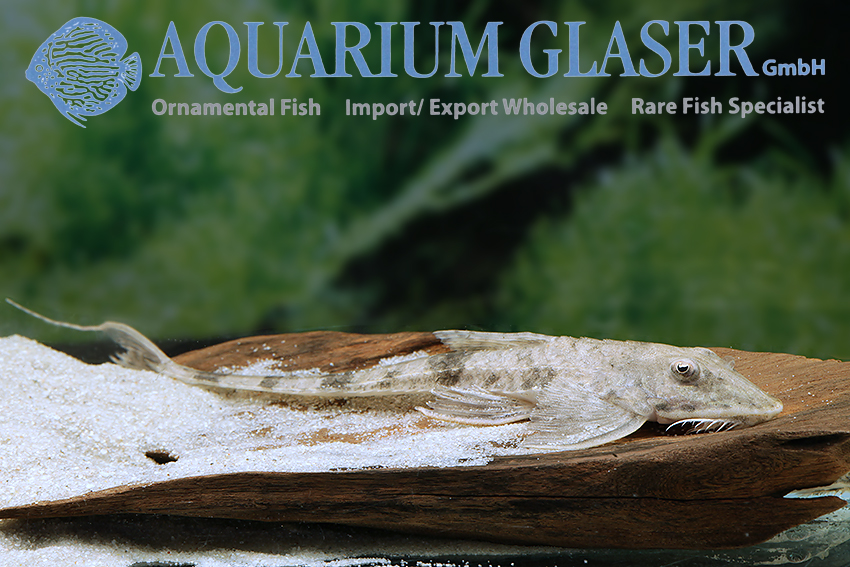
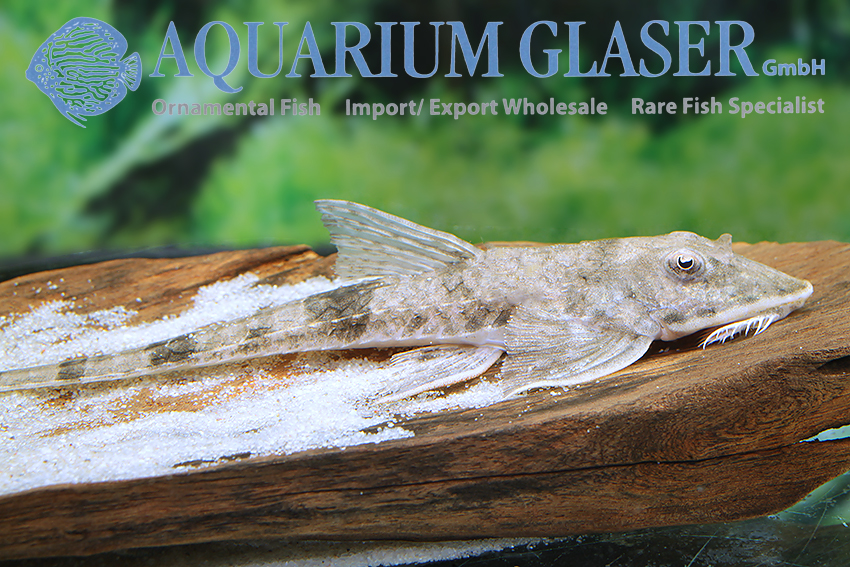
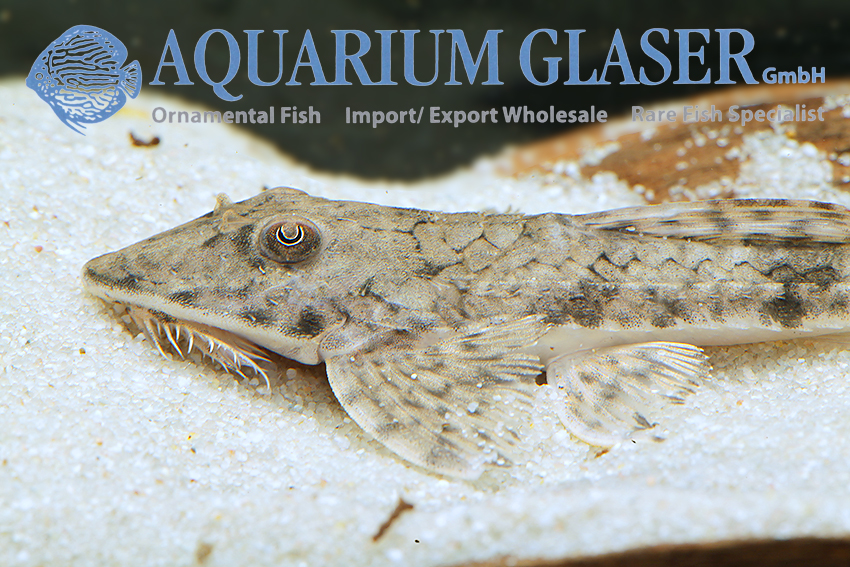
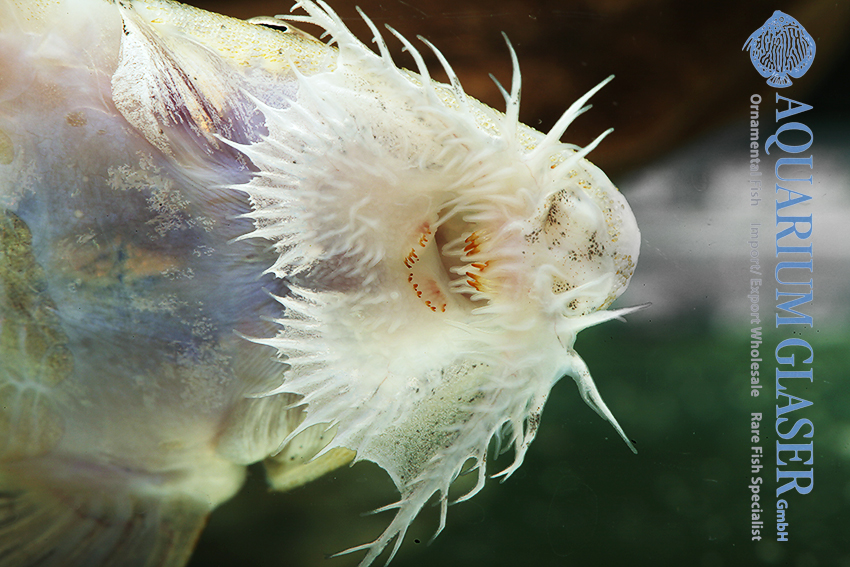
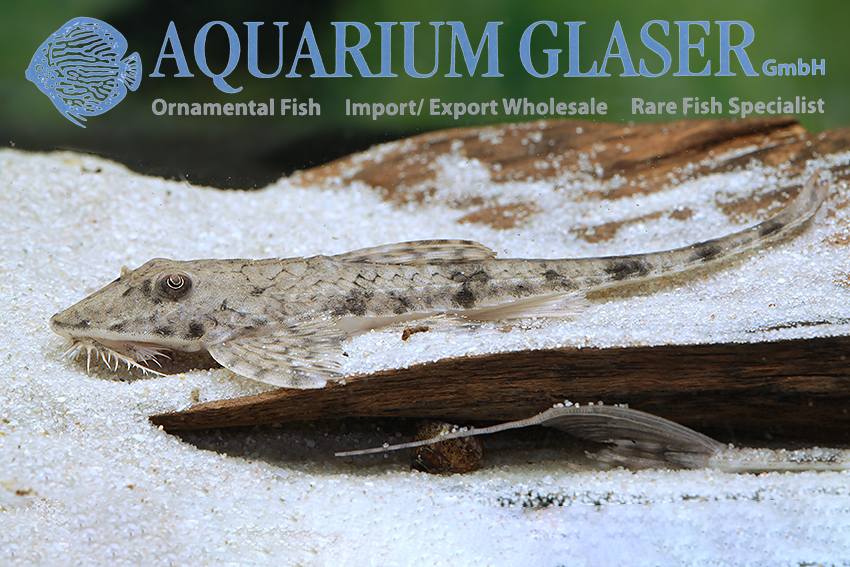
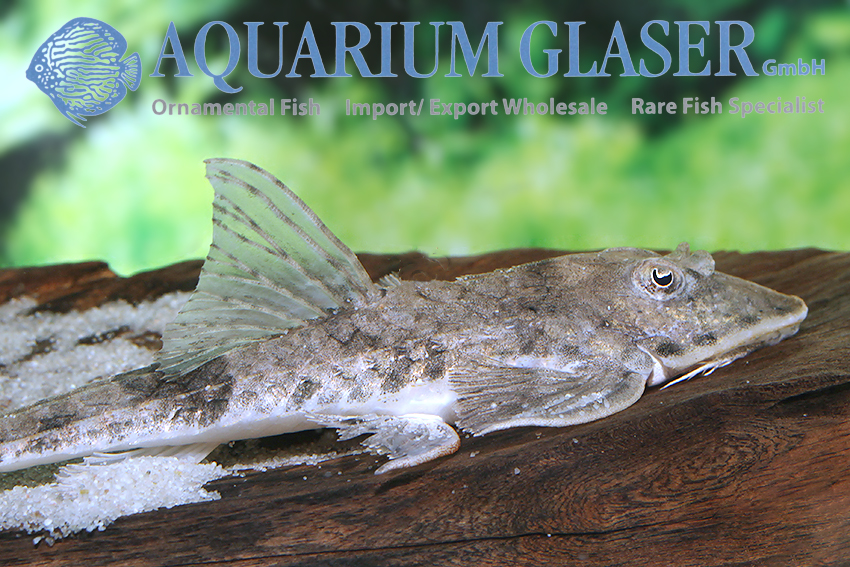
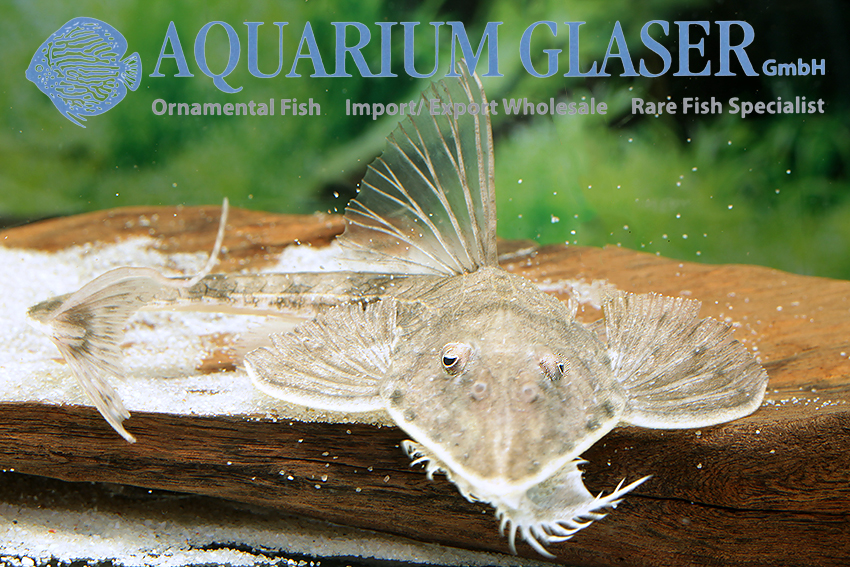
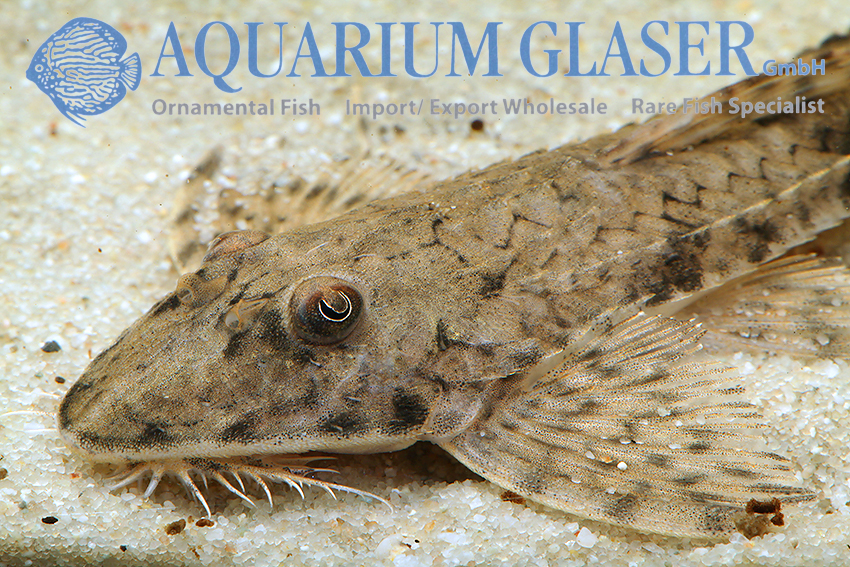
Now that the animals are somewhat acclimated and also the latest scientific literature could be evaluated, we are pretty sure that our new imports are at least for the most part L. luciae, a species scientifically described only in 2013. Within the 13 accepted species of the genus, this is the most recently described species.
The unique feature of L. luciae is the shape of the ventral plates in combination with the fact that the shoulder girdle is completely naked, i.e. unplated. In two of the three species occurring in Paraguay together with L. luciae, namely L. apeltogaster and L. simillima, the ventral plates also cover the shoulder girdle. Thus, these two species are excluded with respect to our new import. On the other hand, L. coximensis is very similar, from which L. luciae differs in its larger adult size (130-190 mm SL compared to less than 130 mm SL) and greater postural plate length (17.0-20.3% compared to 7.4-14.2% of HL). It also differs from L. coximensis in having a greater number of total lateral plates (32-33 versus 28-31). The shape of the lateral abdominal plates was crucial for our determination. Comparing the illustrations in the original descriptions of L. luciae and L. coximensis, in L. coximensis the two lateral rows of abdominal plates are much longer, reducing the middle abdominal plates, which are assembled like a mosaic, to a relatively narrow wedge. Two other species might be confused with L. luciae: L. holmbergi and L. pumila. L. holmbergi, as far as we know, only occurs in the Rio San Francisco in Argentina (not to be confused with the Sao Francisco in Brazil!) and L. pumila lacks the iris lobe that is distinct in our Loricaria.
We are pleased to have once again brought in a new species. It can be assumed that L. luciae can be maintained and bred similarly to the well-known L. simillima. The sexes of our apparently sexually mature animals (they are 9-12 cm long) can be distinguished by the orange teeth along the front sides of the head in the male.
For our customers: the animals have code 266584 on our stocklist. Please note that we only supply wholesale.
Text & photos: Frank Schäfer




